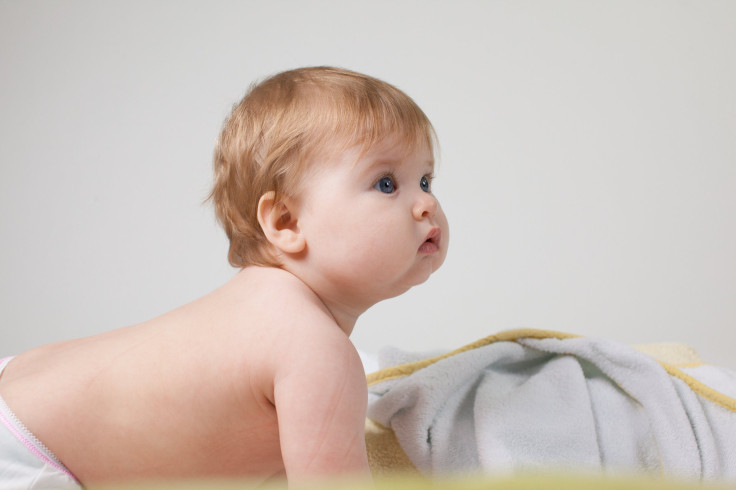Young Children Risk Scald Burns From Baths, Playing In The Kitchen

(Reuters Health) - Babies are most at risk of being burned by bath water that’s too hot, but older kids up to age three also get scalded by grabbing cooking pots, coffee cups or steam appliances like humidifiers, a new U.S. study finds.
Identifying the most common sources of scald burns among very young children can help caretakers learn to prevent these accidents waiting to happen, researchers say.
“I wanted to make sure we had a good understanding of how scald burns take place as we developed the scald prevention program,” said Wendy Shields, who led the study. Shields and colleagues at the Center for Injury Research and Policy at Johns Hopkins Bloomberg School of Public Health in Baltimore, Maryland, are preparing an intervention for new mothers to teach them about scald burn risks.
Burns are one of the leading causes of injury and death among children, and for younger children, scald burns are most common, according to the Centers for Disease Control and Prevention (CDC).
The study team used The National Electronic Injury Surveillance System (NEISS) database to identify 2,014 cases of scald burns in children under age three between 2009 and 2012. NEISS tracks injuries treated in 100 hospital emergency rooms across the country.
The research team looked at the cause of injury and where the incident occurred as well as whether the patient was hospitalized. They also noted the age of the injured child and other demographic information.
About 58 percent of injured children were boys, and nearly half were white. Just over half of patients were between one and two years old, while about 23 percent were under one year and the rest were between two and three years old.
Nearly all of the injuries, almost 98 percent, occurred in the home and about three in four children were examined and then released from the hospital.
For children under six months of age, the most common source of scald injury was hot tap water, including baths in the tub or in a sink. These made up almost half of all injuries.
Among children ages six months to three years, scalding was most likely to be caused by children grabbing or pulling on containers of hot liquids. These injuries typically occurred when the child pulled on something like a cooking pot handle from below, or grabbed a hot container such as a coffee cup or bowl of soup while being held by an adult.
Steam-generating appliances like irons and humidifiers accounted for about 4 percent of scald burns.
While most children in this study were not hospitalized for their burns, Dr. Sharmila Dissanaike told Reuters Health in an email that more significant burns can have serious long-term consequences.
In addition to prolonged wound care or surgery, children also face the possibility of “long term scarring, changes in pigmentation (skin coloring) that can leave them with cosmetic, functional and psychological issues that last into adulthood,” said Dissanaike, director of the Burn Center of Research Excellence at Texas Tech University in Lubbock, who was not involved with the study.
The CDC recommends that parents set their water heater’s thermostat to 120 degrees Fahrenheit or lower to prevent bathtub scalding. Shields agreed, saying that parents should also test the water itself with a candy thermometer.
Based on the NEISS data, Shields and colleagues estimate there were 44,136 scald burns among children under age three nationally during the four-year study period.
Dissanaike said in an email that there have been many efforts to educate the public about the risk of hot bathwater, but the issue of children grabbing hot liquids needs more focus.
She noted that not all liquids cool at the same rate, warning that while a cup of tea may be cool after 20 minutes, something denser like stew “may pose a risk to the toddler running around the table even after 30-40 minutes.”
Dissanaike advised parents, “Be conscious that young children are often more mobile than you realize, and will reach and pull at tablecloths, hands, cups and pots for no apparent reason,” adding that it’s a good idea to keep children away from food preparation areas.
Shields said that families with young children should be careful when consuming hot food or drinks while holding a baby. “We recommend those caring for young child use a cup with lid when drinking a hot beverage around them,” she said.
SOURCE: bmj.co/1cBTiKX Injury Prevention, online May 7, 2015.
(By Madeline Kennedy)
Published by Medicaldaily.com



























